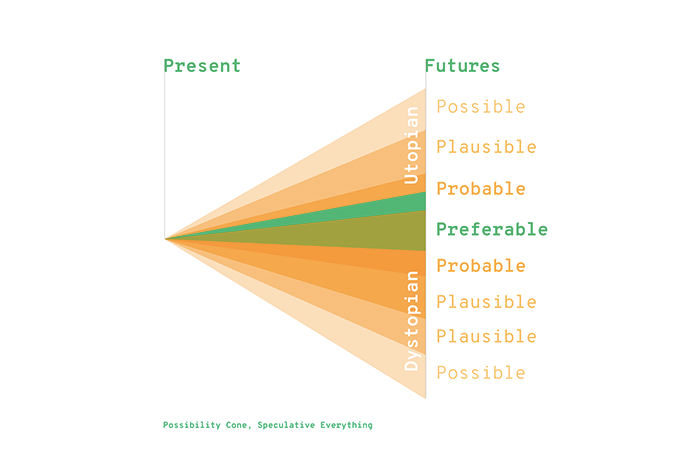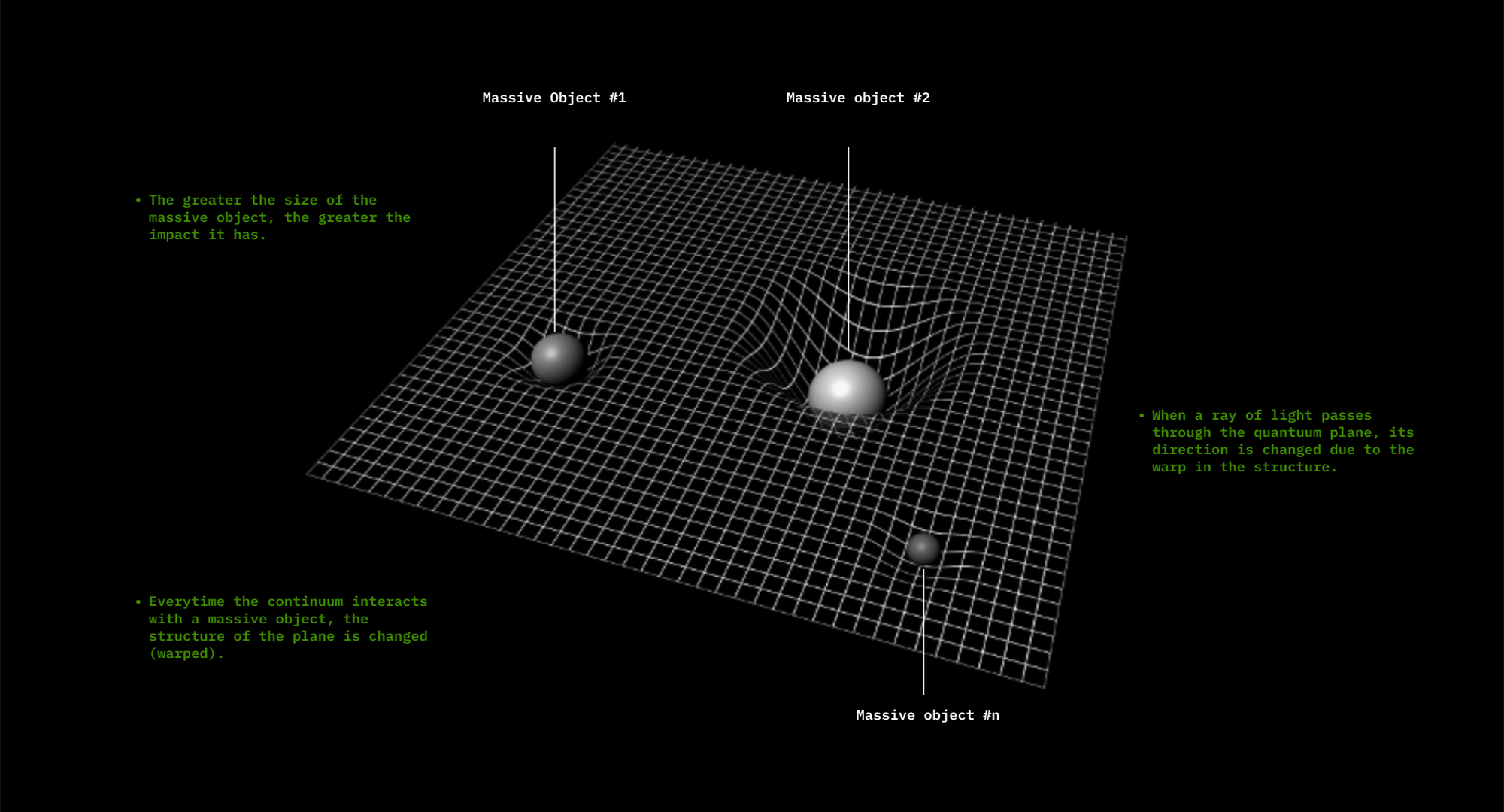Decolonizing AI Histories in Practice (ESR15)
The way designers work with and for AI currently, is reactionary in nature. Professionals find themselves working without the tools or sufficient knowledge and vocabulary to effectively execute the brief or propose ‘solutions’ when working with AI experts. The way design pedagogy and practice is structured now represents a reaction to issues arising when the two disciplines of Design and AI fuse. This points to an obvious gap between design pedagogy and practice, highlighting the need for a better understanding of AI in a Design context, its materiality, moving from an pre-industrial, Euro/Anglo-centric lexicon, epistemologies and methodologies to one that explains (in the least) and provides a way to work with the unpredictability and uncertainty that these data-driven materials bring to the design process while also addressing the issues of intellectual and epistemic colonialism in the discourse.
Moving from a reactionary modus operandi to an anticipatory one requires us to be able to adequately speculate viable futures- design futures made happen by/with and for AI- both pedagogically and professionally, especially when working in/with uncertain and unpredictable contexts/materials. Using contemporary speculative design as a tool to anticipate these future competencies and roles presents challenges that require us to better understand temporality and materiality of data and data-driven systems, things that the current speculative design framework fails to address adequately.
As part of the research done so far, I have focused on three critiques of the most commonly used speculative design models such as the future cone (Dunne & Raby, 2013) and its iterations: its lack of focus on Temporality, Multiplicity and Historicity.
As an alternative to the model, I propose a hauntological framework . A practical way to understand Hauntology, its framework and the impact of the ‘ghost’ could be to look at Einstein’s General theory of relativity which looked at space-time as a 4 dimensional continuum with the three dimensions of space, interacting with the fourth dimension- time. This changed the way we visualized the universe and its entities. The visualization below shows massive objects in space, interacting with the 3 dimensional plane and the 4th dimension of time. Adapting this model of looking at the way we future brings up interesting points.
When we adapt this diagram to an Hauntological framework, massive objects could refer to ‘ghosts’ – events that are wide in their impact as well as their temporal scope. It offers some interesting provocations:
1. Historicity: Every time a ghostly entity acts on the spacetime fabric, it warps the continuum based on its level of impact. The model is inherently dependent on studying previous versions of the warped plane to understand its current state. One has to be in constant conversation with the ghost in order to be sufficiently able to speculate a future in such an ecosystem. This makes the process one that is a generative one.
2. Temporality: Time is more subjective and worked on by cultural, political and economic forces. The model allows the designer to think beyond traditional quasi-three-dimensional visualizations into one that represents time in a realistic fashion. Thinking of time, past, present and future as something that is all encompassing, drawing on nostalgia and dependent on anticipation allows us to aptly understand how cultures, behaviors and patterns shape themselves in real life.
3. Multiplicity: The model allows for and actively makes space for multiple Hyperobjects or ghosts to exist, thus creating and reflecting multiplicity, in not just history but also in relation to other ghostly entities. It also allows one to think from an individual level to a more planetary scale of experiences and how they shape the space, time and causality of one’s experience.
Hauntology, paired with dynamic context mapping, presents itself as a viable alternative to address the challenges laid forth previously- this project focuses on creating a hauntological framework to in-part engage with the broader research inquiry. Not only that but it also brings with it a dynamic vocabulary, one that allows us to relate to temporality and uncertainty as the amorphous, translucent concepts that they are, while also providing some comfort through metaphors- a tool that is more familiar to designers. It also allows us a way to rethink colonization in the context of the ‘designed world’ and how we can imagine speculative futures that follow principles of Decolonisation from theory to practice.

